- Home
- Painting Tutorials
- Painting Reflections
Painting Reflections
Let’s take a moment to reflect on painting reflections. Where to find them and how to paint them - the ins and outs of how to create realism in your pictures.
The subject of painting reflections is a big one. Reflections can tell you A LOT. They can tell you about the quality of the light, the time of day; the texture of the surface of whatever you are painting. They can suggest weather conditions. You can enhance them to add drama. Reflections are ultimately the element that gives everything volume, form, realism and drama.
Sometimes looking at the world in order to paint it can be completely overwhelming. BUT. Breaking the object that you are looking at into “bite sized” pieces, can often increase your understanding of what you’re painting - and simplify the process.
Focussing in on reflections is a perfect example. Let’s focus on painting reflections in the context of water, as much of this theory can be translated into other subject matter.
A close up picture of water, without any other elements showing, will give you an insight into the time of day, whether it’s windy or not and what might be in the distance “unseen”. All of this can be gleaned by looking at the reflections.
Water on a windless day is incredibly reflective, and often in fact like a mirror. Ruffle the surface with a breeze however, and much of that reflected surface disappears. There will be light represented though. This gives us an insight into creating the illusion of texture in objects, like skin for example; or glass. Understanding the differences in the reflections will help you create powerful illusions.
You already have a subconscious understanding of this. Think about this for a minute. How do you know the difference between the surface of a kiwi fruit and an avocado? One is hairy, one is shiny, right? Right! Noticing the quality of the reflection will give you an insight into the texture of the object. Having a clear insight into the texture of the object, will give you something to work with when attempting to create a similar texture in your paintings.
Sometimes, the best results in your paintings come after sitting quietly and observing something in detail for an extended period of time - AND (shock, horror!) NOT ACTUALLY PAINTING.
It’s that quiet observation that allows you to really see the nature of the object, and to distil it into a painting process.
When looking at painting water, reflections will also be a powerful tool in creating the illusion of the shape of water - waves as an example, have many different characteristics - many of which will be represented purely and simply by painting reflections. See the clip below for a little more information on how you can shape the surface of the water to create the wind conditions.
Reflections are ESSENTIAL when painting waves realistically. The reflections are what give the wave its volume, steepness, and place it in time (night, day, morning etc).
Check out my downloadable DVD "Wave Fundamentals" to understand more about this concept.
If you expand all of this and look at painting figures, you’ll notice that most of these concepts apply. The texture of the reflections will illustrate whether the figure is dry or wet, whether their skin is rough, weathered, smooth; and roughly what time of day it is. To be honest, I can’t think of how I would paint realistically without considering the reflections.
There is another layer to this. While it’s really important that we look at the nature of the reflections to establish a lot of aspects of the subject we're painting, there is something else to consider.
There is nearly always more than one light source. With a figure for example, there can often be a “bluer” light down one side - perhaps reflecting the sky. And another colour reflected on the other side of the face. I’m sitting here looking at Frankie now - she has a fantastic golden line down one side of her face. And an almost blue flash of colour on her left temple, eyebrow and cheekbone (from the sky). Reflections are everywhere!
The more you look for them, the more you will find! Play 'spot the reflections' in this Youtube clip below :)

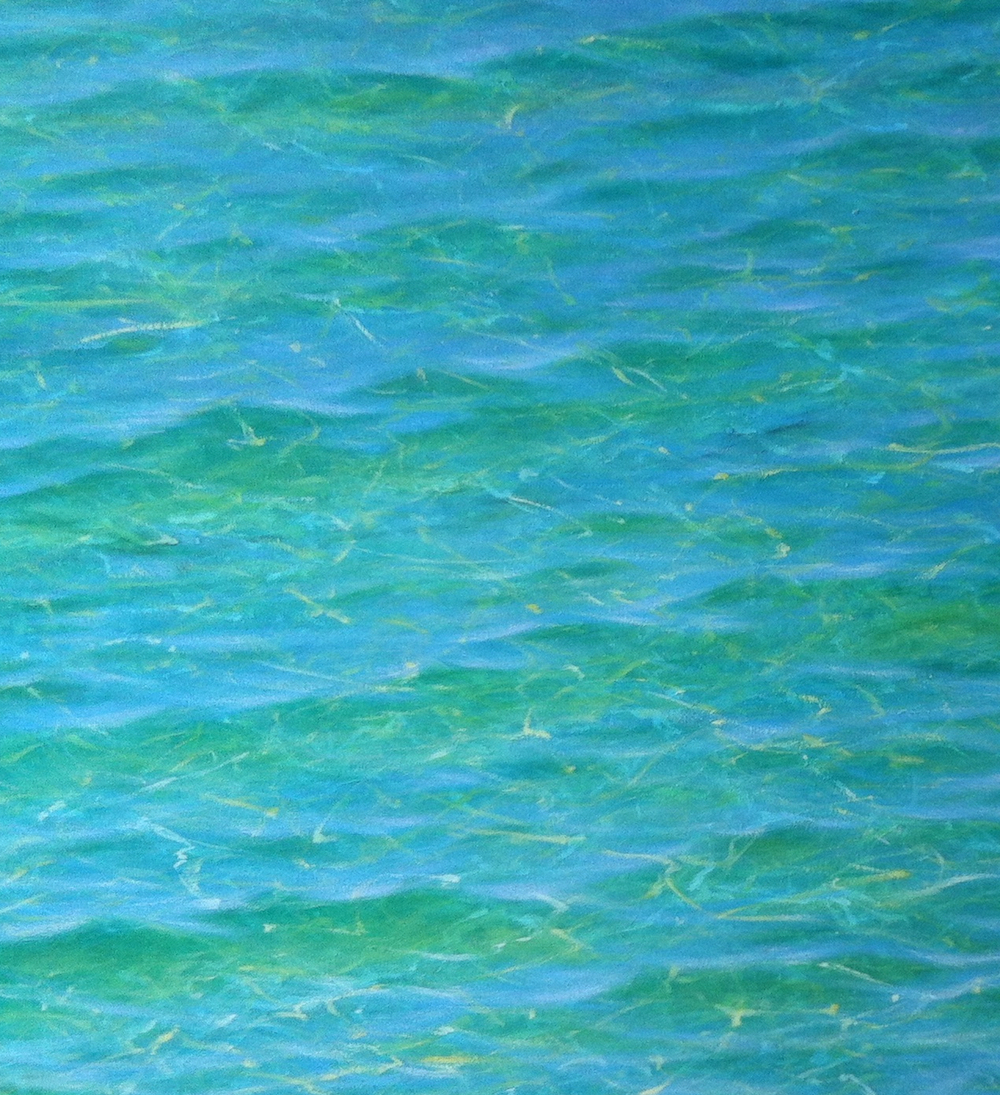
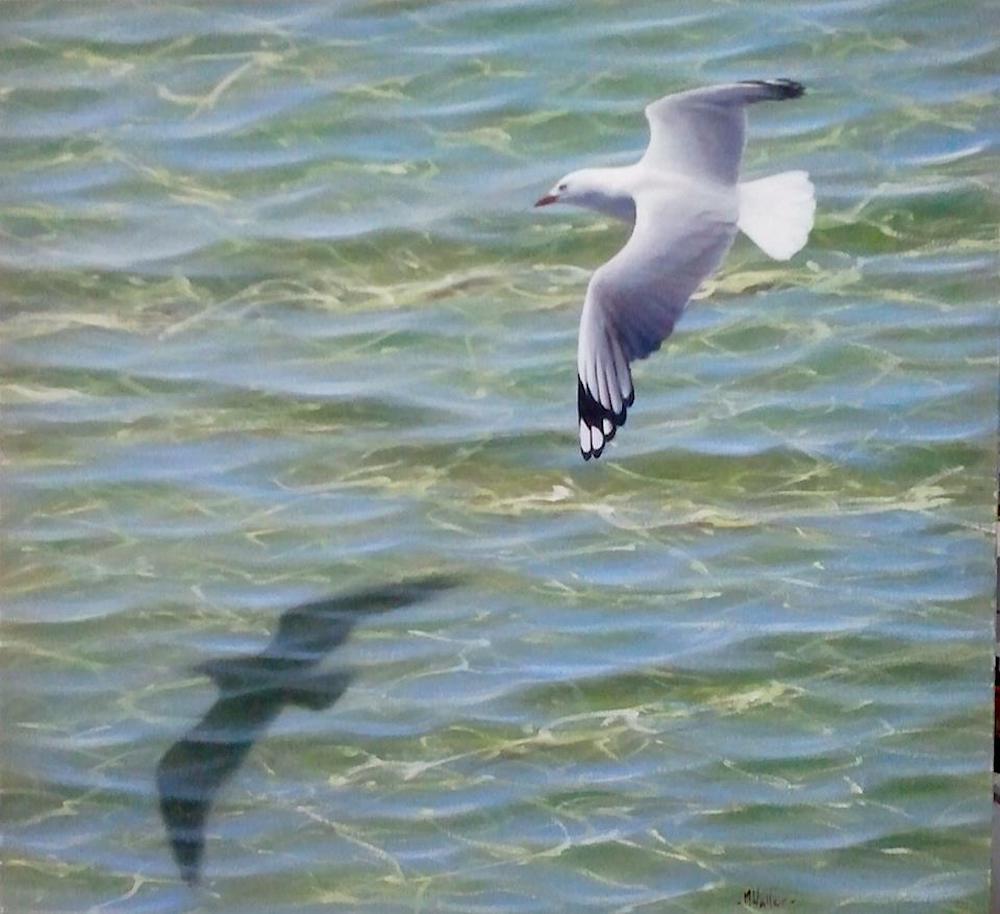
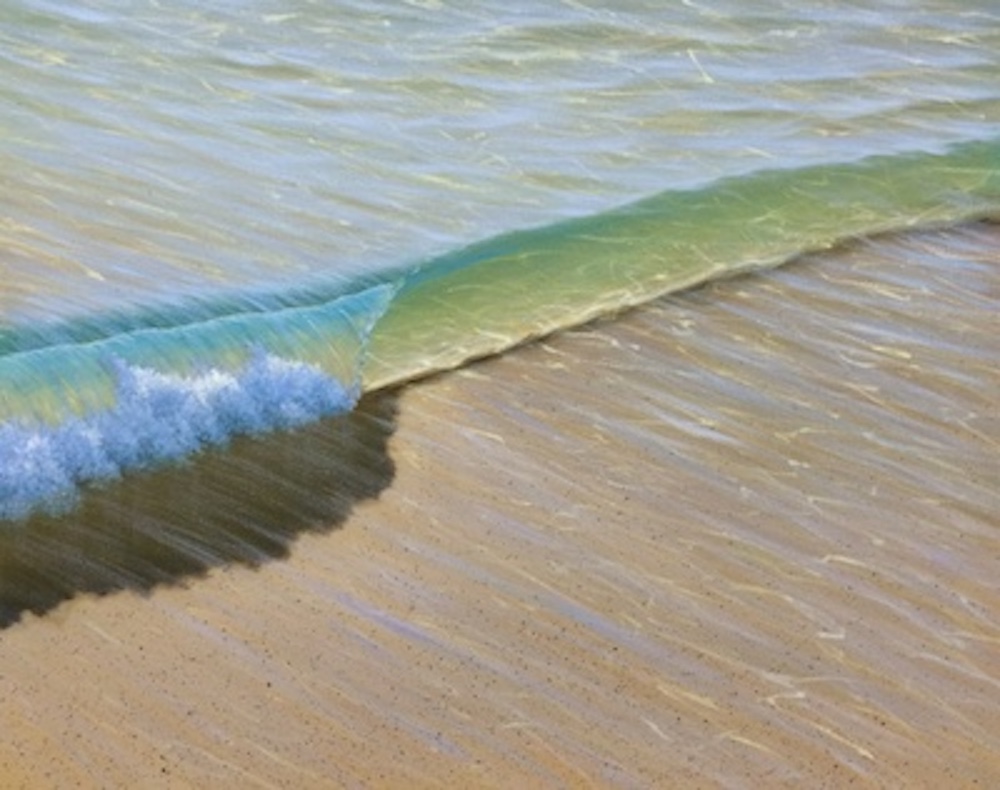
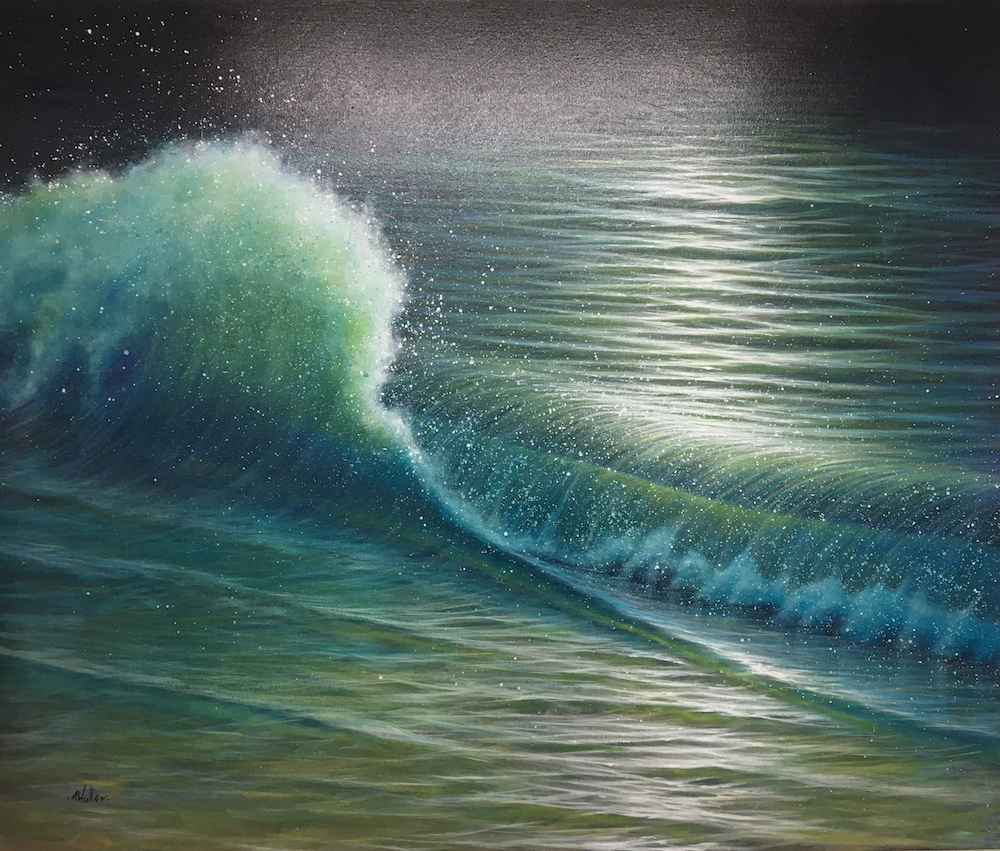
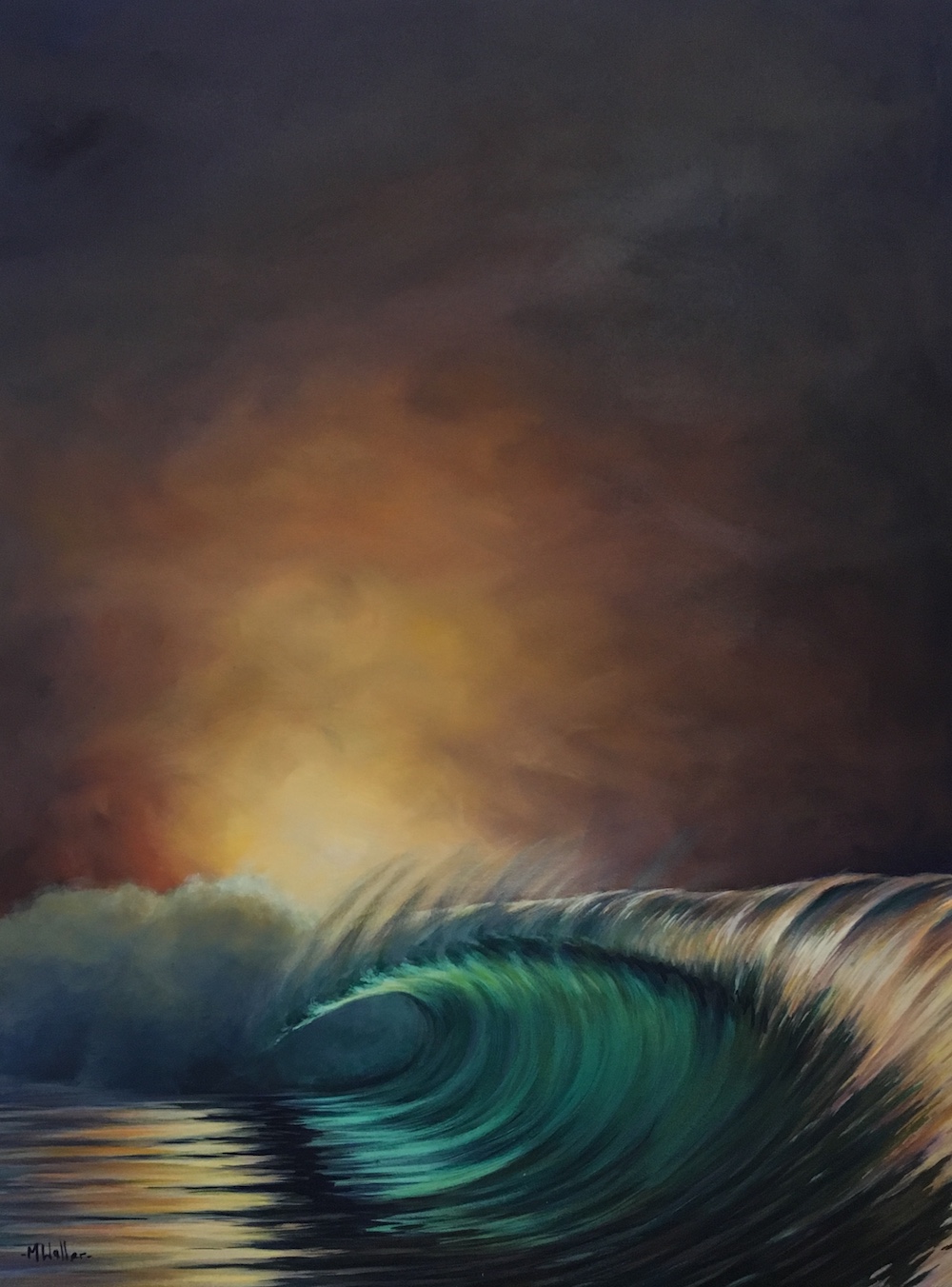

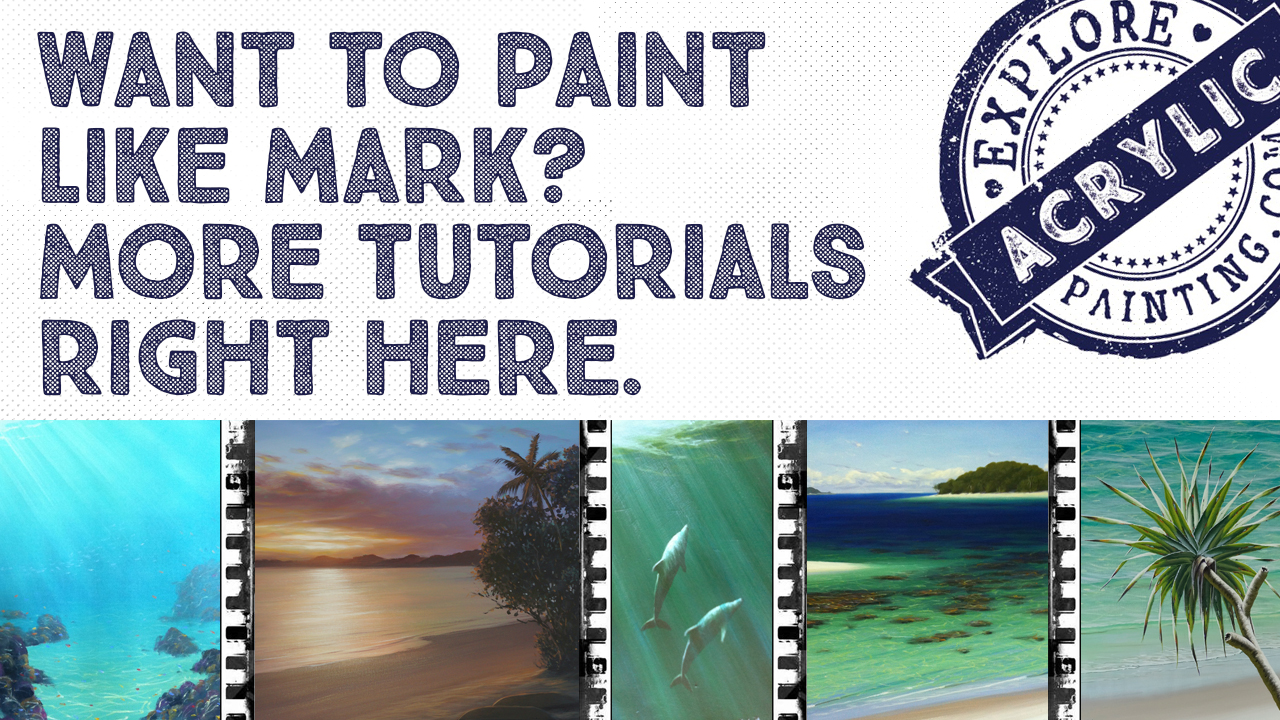
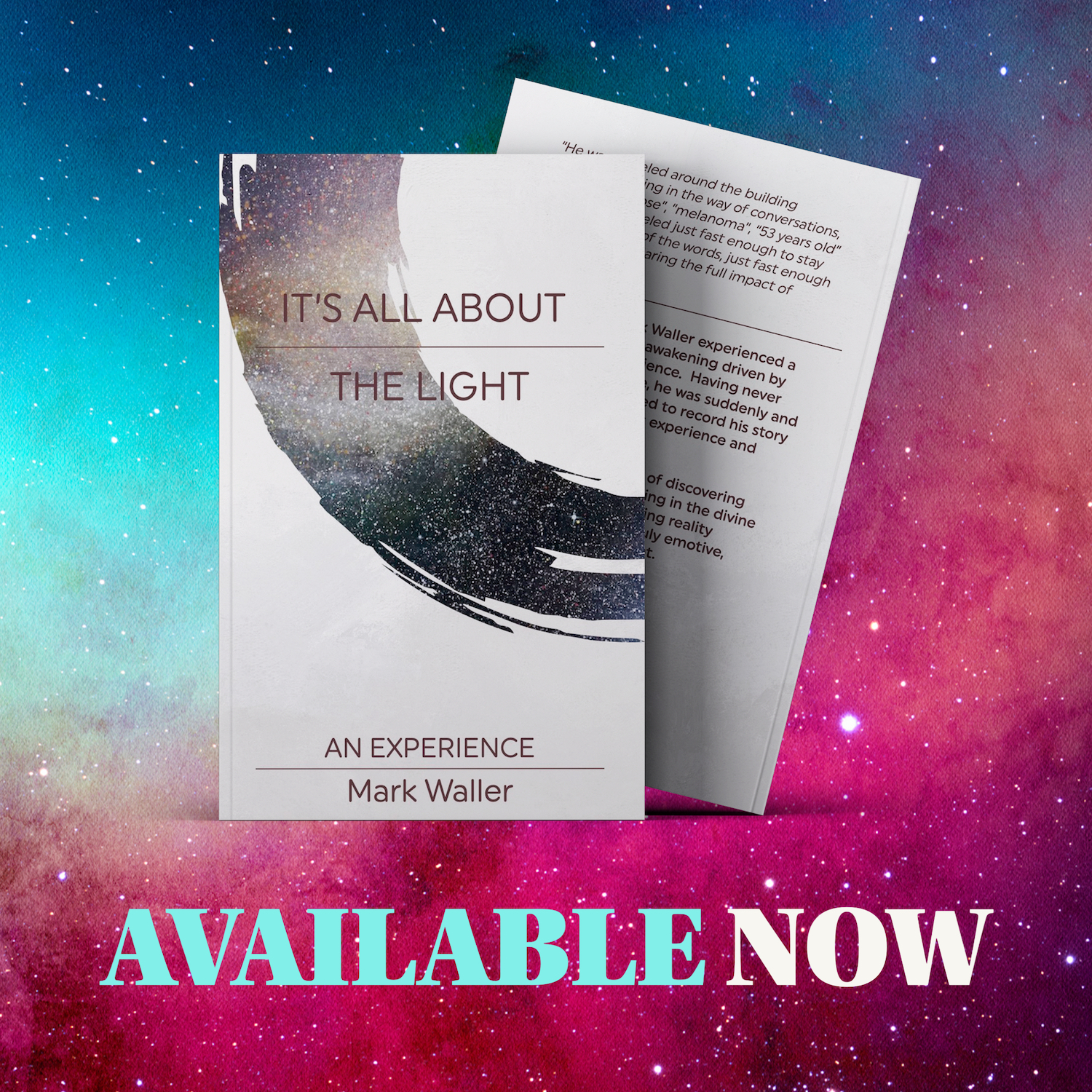
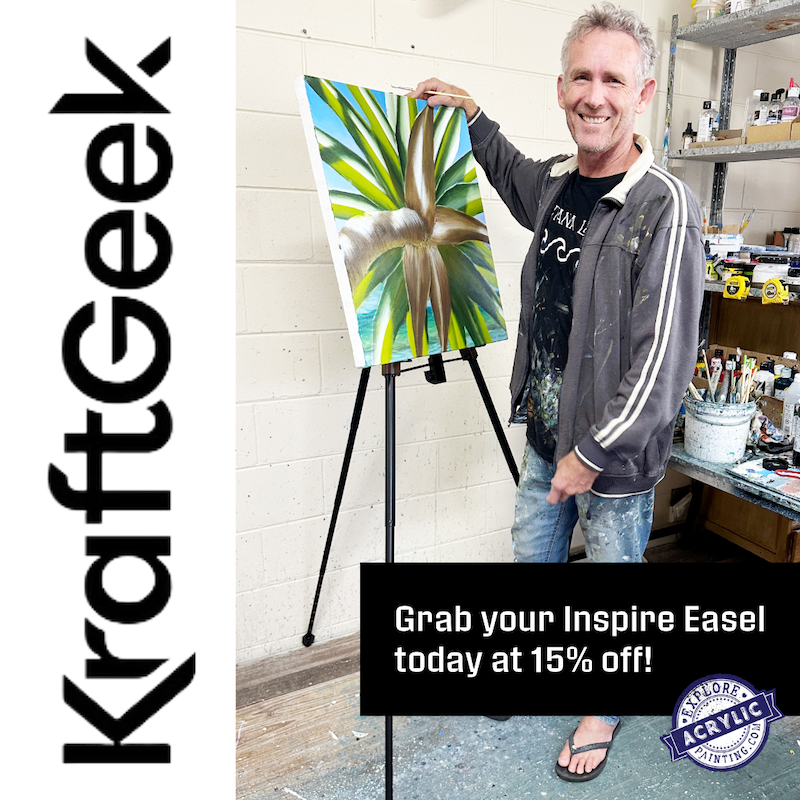










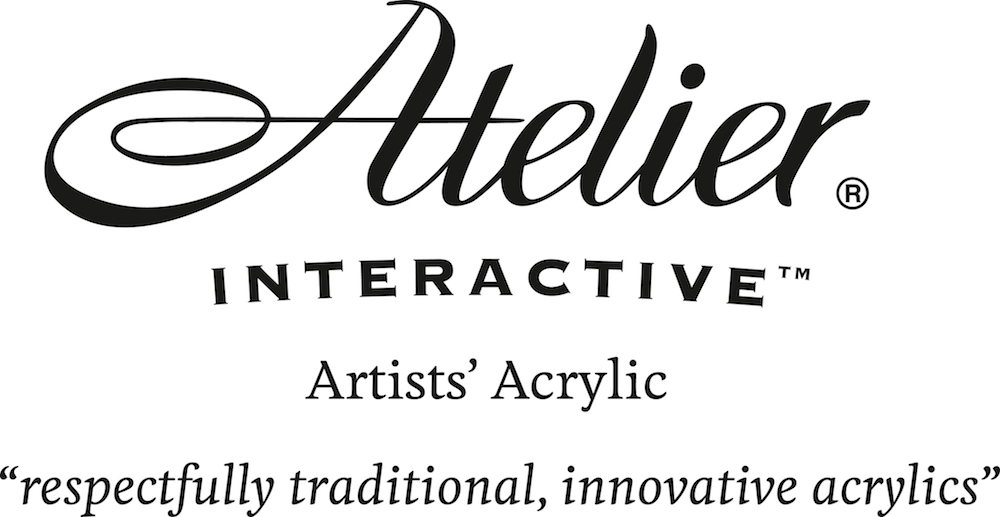


New! Comments
Have your say about what you just read! Leave me a comment in the box below.